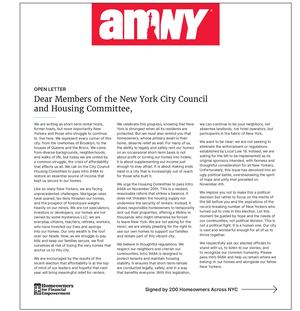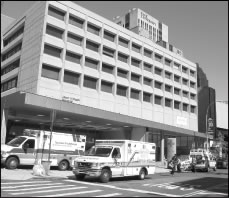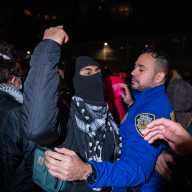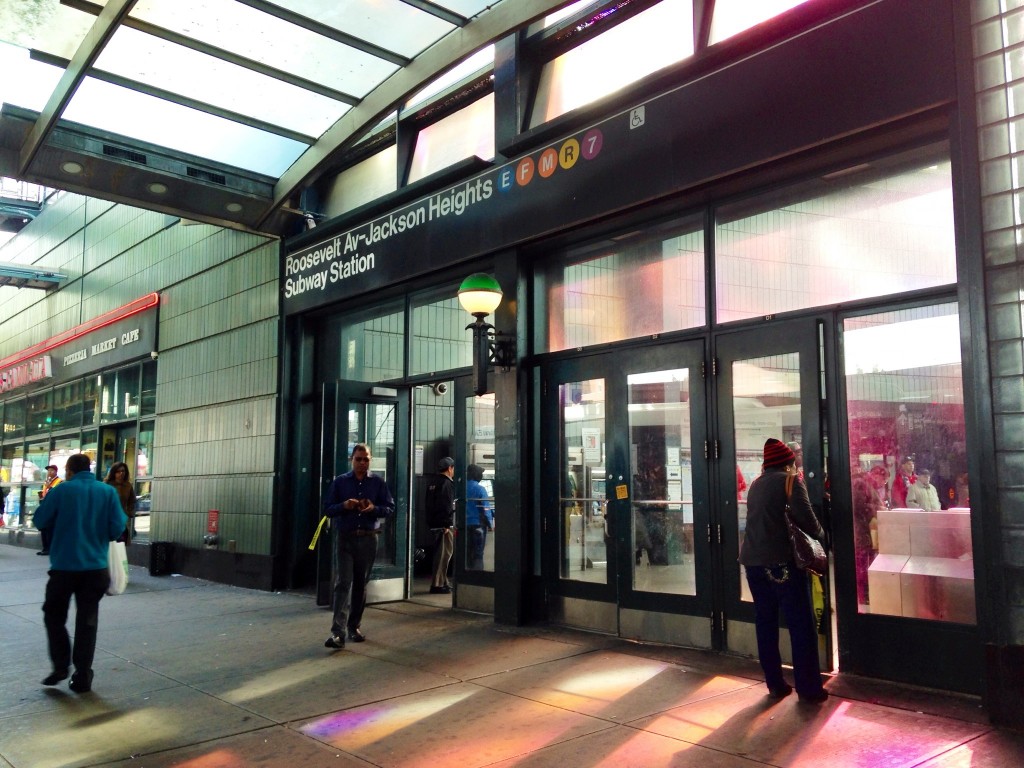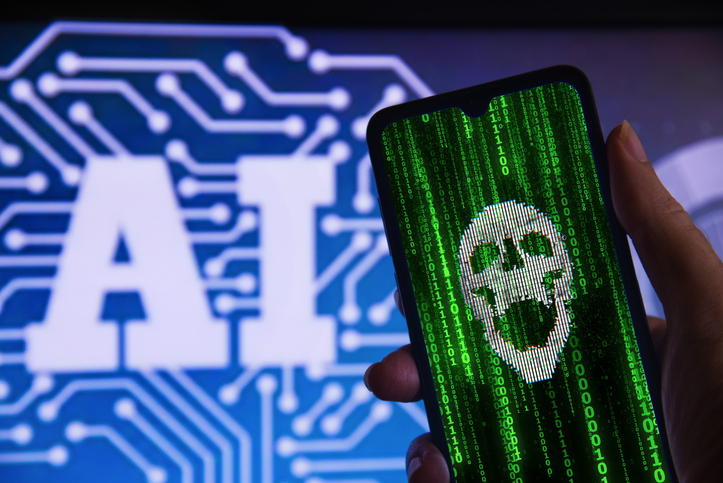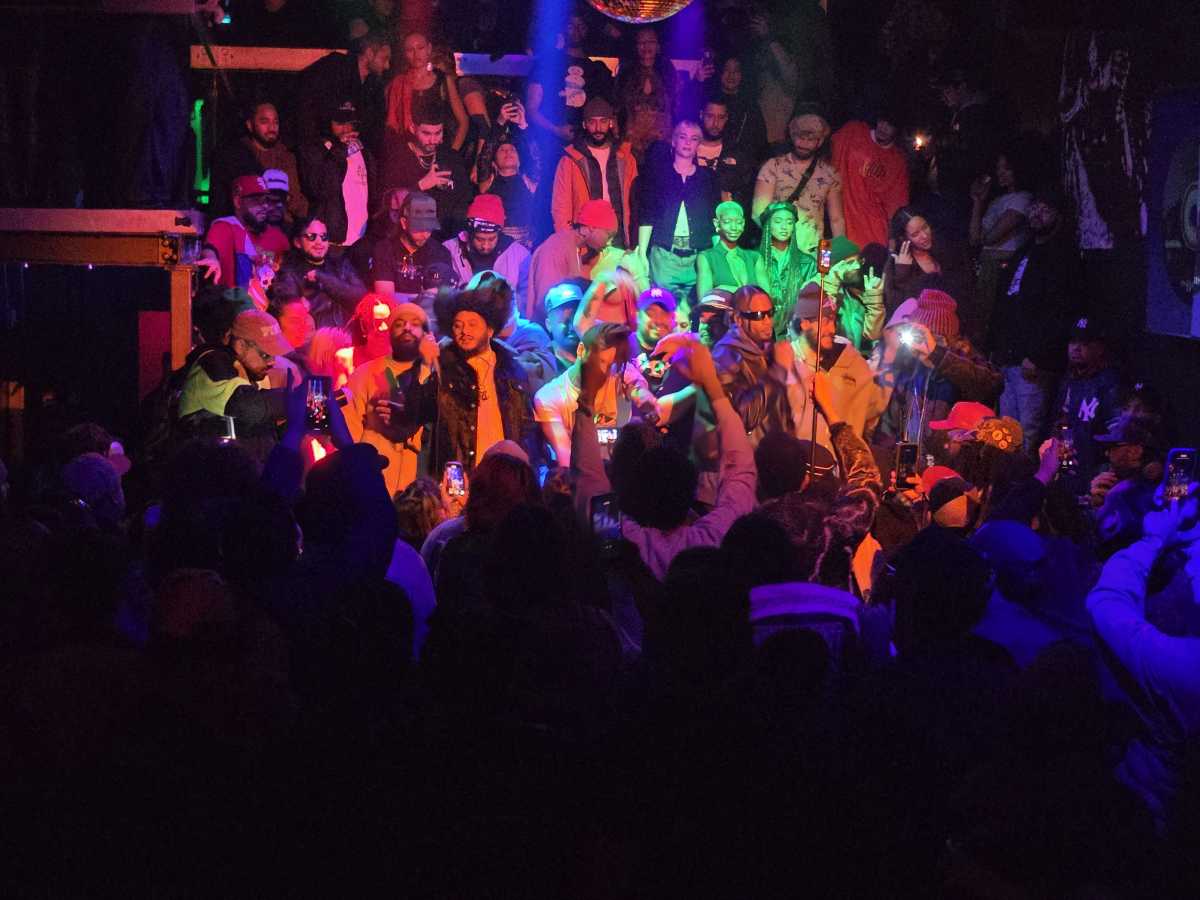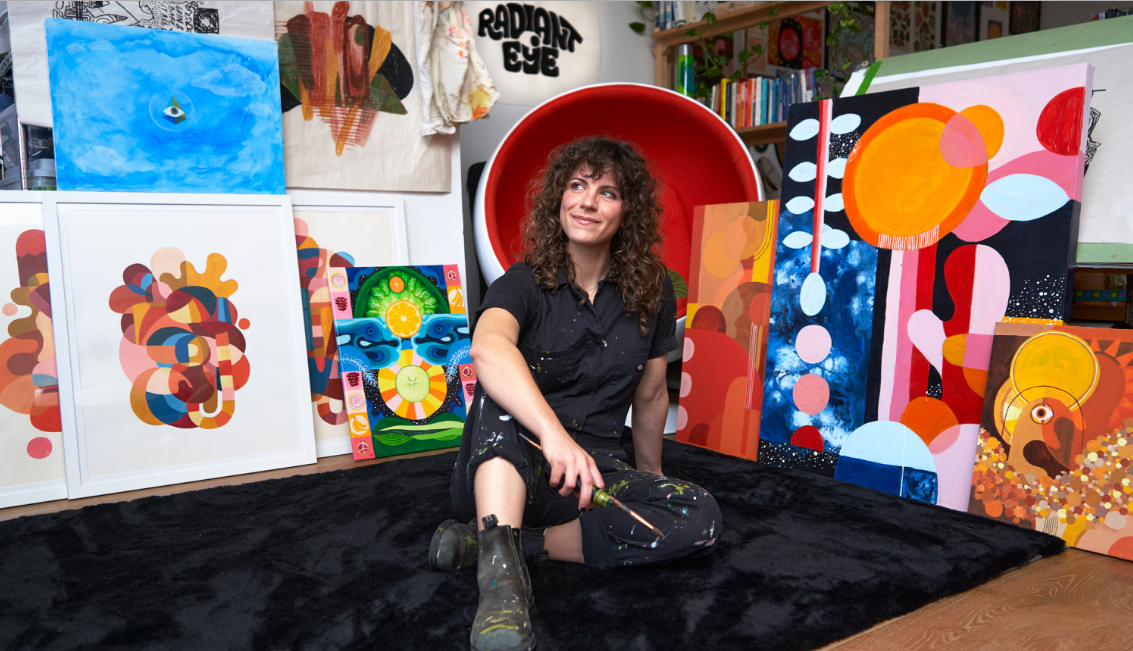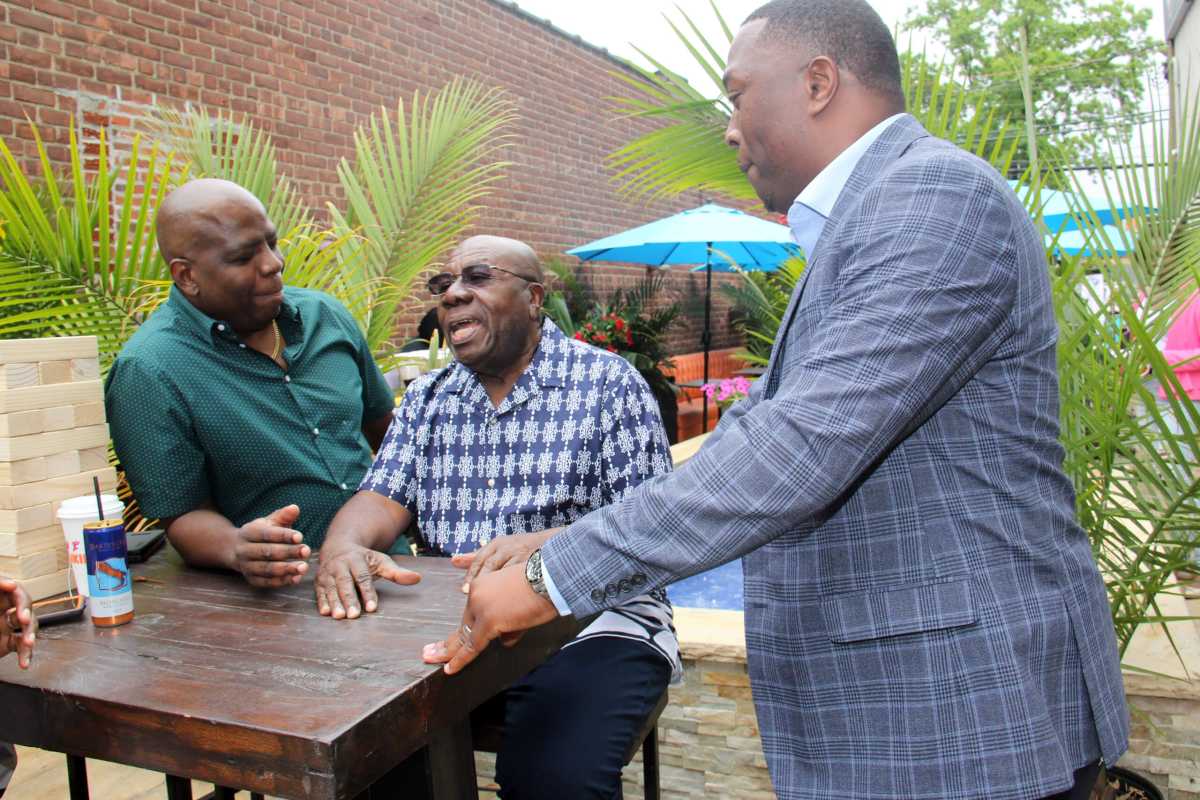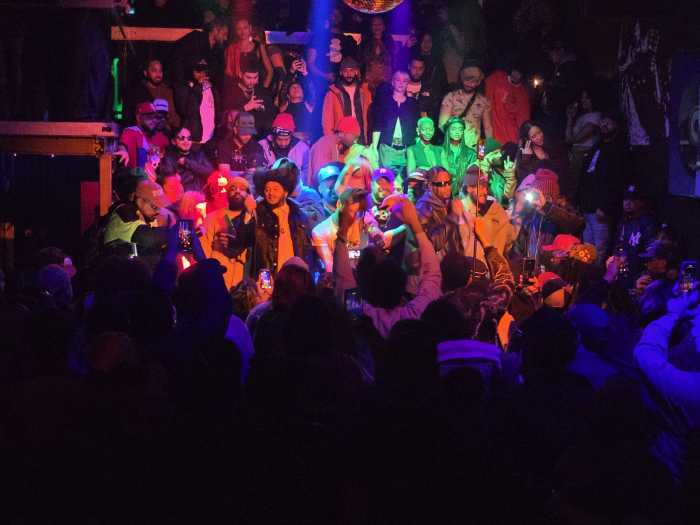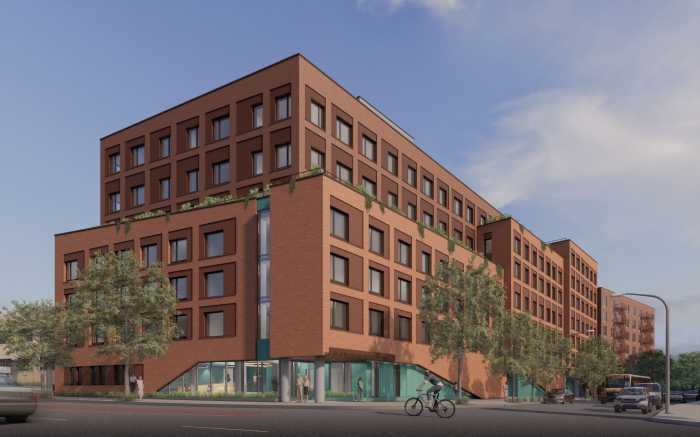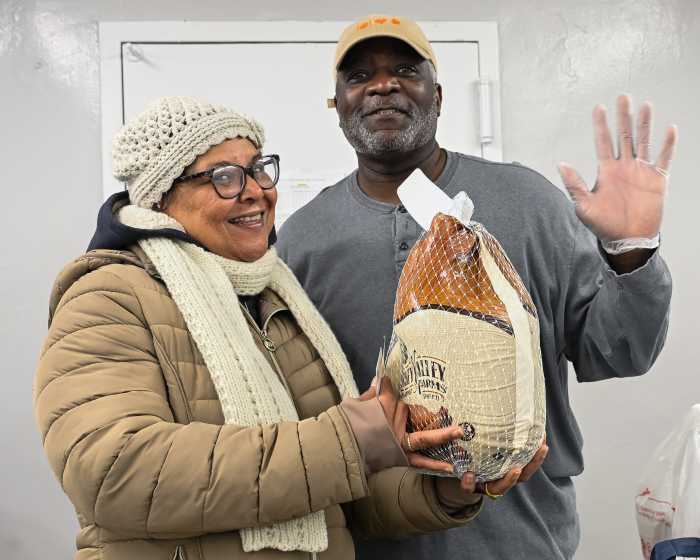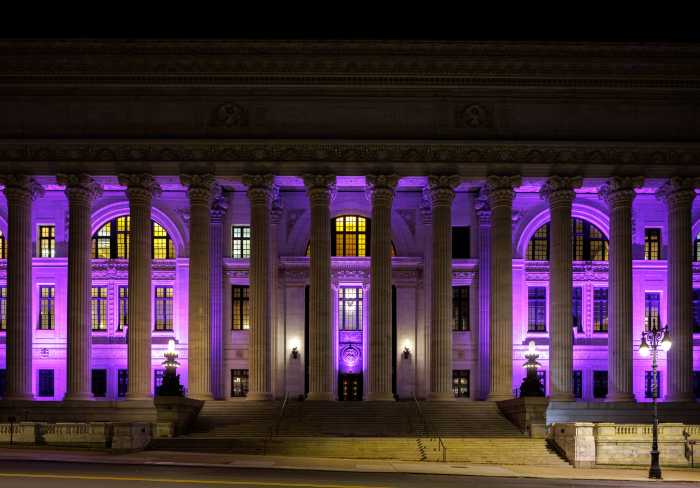BY Nikki Dowling
It’s 3:30 p.m. – a peak time in the emergency room of New York Downtown Hospital, which has experienced a 30 to 35 percent increase in patients since Saint Vincent’s Hospital closed last month.
Despite this, the ER on 83 Gold Street is calm – almost serene. There is no one in the waiting area. Nurses shuffle quietly in and out of spotless rooms. The walkways around a desk – positioned in the middle of the ER so every patient can be seen – are wide and empty. Just a few patients lay on stretchers, waiting for a bed. There are few sounds save for the steady beeping of a heart monitor, the quiet moaning of a patient in pain and the authoritative whisper of a nearby doctor.
Although the emergency room at New York Downtown Hospital seems calm and quiet, it is actually very busy, even by New York City standards. The ER alone employs ten doctors, about 50 nurses and at least 60 other personnel. Before Saint Vincent’s Hospital closed, about 100 people visited the downtown emergency room daily. Today, that number is around 130. But the increase is no problem.
“We’re hiring more staff and expanding the ER department,” Antonio Dajer, chairman of the Department of Emergency Medicine, said. “There is a lot of unused space and that’s paying off now.”
There are plenty of supplies, extra rooms and staff because the ER has – on several occasions – been forced to deal with a surge in new patients. On September 11, 2001, the ER saw 350 patients in the first two hours after the attacks.
“September 11 was the night we saw more patients than any hospital has ever seen in America,” Dajer, who has worked in the hospital since 1991, said.
In fact, New York Downtown Hospital was created in response to a terrorist attack. In 1920, anarchists blew up a hay wagon in front of J.P. Morgan Company. Many people were injured and there was no hospital nearby to treat them. To make sure this would never happen again, several institutions were combined to create New York Downtown Hospital. One was the New York Infirmary for Indigent Women and Children, founded by Elizabeth Blackwell, the first female doctor in the United States. In 1922 the Broad Street Hospital – today known as New York Downtown Hospital – was born.
In 2006, a $20 million renovation of the New York Downtown Hospital emergency room was completed. Paid for by Lehman Brothers, AIG and other Wall Street bigwigs, the state-of-the-art redesign is equipped to handle almost anything, including a large-scale terrorist attack.
“Almost immediately after 9/11 they increased the size of this place by twice,” Fred Winters, the hospital’s spokesperson, said. “They built this intentionally with much greater capacity.”
The emergency room, called The Lehman Brothers Emergency Center, can handle a 50 percent increase in patients. Should a large volume of people ever need rapid attention, patients can be moved into nearby hallways, which have oxygen hookups built into the walls, easily accessible behind panels.
“It was built with what was learned after 9/11,” Dajer said.
The emergency room has electronic medical records for fast and efficient service. In the front, there is a Prompt Care station for patients that have minor injuries that are easy to remedy. All Prompt Care patients are in and out in less than an hour if they don’t require further care. The regular ER turnaround time is just two hours; that’s half an hour less than the national average.
“We tried to incorporate everything we could think of,” Dajer said.
On 9/11, people showed up to the hospital covered in dust, asbestos from the Twin Towers. They had to stand outside and get hosed off manually before entering the hospital. Using garden hoses is slow and requires a lot of manpower, but this will not happen again.
“This hospital has the biggest decontaminate center in New York City,” Antonio Suarez, director of Emergency Medical Services (EMS) and Emergency Management, said.
Designed by Israeli consultants because of their experience with terrorism, the decontaminate center can clean over 80 people at a time. The ambulance bank – a concrete parking area in front of the hospital – can be turned into something that resembles a large shower. A huge curtain encloses the whole area for privacy while about eight large sprinklers shower the area. The parking lot is sloped so the water runs neatly into a drain along the perimeter. In the winter, the area is heated through vents for patient comfort. These days, the decontaminate center is often used for injured firefighters who have been covered in debris from burning buildings. Last year, many over-heated racers in the New York City Marathon benefitted from these showers.
The hospital emergency room is also equipped with two state-of-the-art isolation rooms for patients with respiratory illnesses and contagious disease. Each room has negative pressure so contaminated air does not leak into the rest of the hospital. The glassed-in spaces have their own bathrooms and showers.
“You could live in there,” Dajer said.
New York Downtown Hospital is Wall Street’s go-to place for heart issues, a common problem among high-powered bankers in a volatile economy. The Cardiac Area is set away from the main ER so patients can rest in peace and quiet while doctors run tests. Like small hotel rooms, each closed-in area has its own television.
But New York Downtown Hospital is more than just a building full of fancy machinery and well-trained doctors and nurses. Time and time again, it has proven itself to be a valuable community resource.
“We’re probably one of the most varied populations in New York,” Dajer said, “It’s like everybody comes together in Downtown.”
To accommodate the diverse Downtown population, all emergency room doctors in the New York Downtown Hospital must be bilingual in Spanish or Chinese. There is a 24/7 translation service for Asians.
“The hospital is unofficially designated for the Asian-American community in New York,” Winters said.
“We’re the second Chinese hospital in the whole United States,” Chiu-Man Lai, assistant Vice President of Patient Services, Community Outreach and Provider Relations, said, “People come from all over the U.S. to go here.”
Lai said she has spoken to families who rode over 21 hours on a bus from the Midwest to reach the hospital. They were kicked out of their local emergency room because no one on staff could understand them.
Following the September 11 terrorist attacks, the hospital proved to be one of the area’s most valuable community resources.
“It’s one of the untold stories of 9/11,” Dajer said, “People really don’t realize what happened here.”
On 9/11, the doctors, nurses, housekeepers and other staff mobilized in ways that are still surprising, even to those that were there.
Arlene Eastman, Director of Emergency Services and Disaster Preparedness, drove over a completely vacated Brooklyn Bridge to go to work the night of the terrorist attacks. She is still shocked by what she saw.
“I think what was most surprising to me is that it seemed like the ER was so under control,” Eastman said, “It was a surprise to me that after everything that happened, the doctors and nurses were still standing.”
Many doctors and nurses stayed at the hospital over night, or even for several days, to help out. Some, like Dajer, went to the scene in an effort to steer victims towards the hospital and to give medical advice. People were coming into the ER so quickly that hospital staff didn’t even have time to put triage tags on them, yet everyone received care.
“I reviewed all the cases afterwards and no one was missed,” Dajer, who was the attendant on duty that day, said.
“Because this is such a small hospital everyone just did what they could,” Lai said.
In the days after the attacks, New York Downtown Hospital continued to provide valuable service to the community. It had the only working generator in an area that was completely without power.
“We were the only island of light and life in Lower Manhattan,” Dajer said.
Despite its difficult history, the hospital staff maintains a positive attitude. They are excited about Downtown’s growing and diverse population and are prepared to help.
“We’re here, we’re open, we welcome everyone inside – and outside – the community,” Eastman said, “We’re waiting and we’re not overcrowded at all.”
“This hospital, at this point, can handle virtually anything,” Winters agreed.
